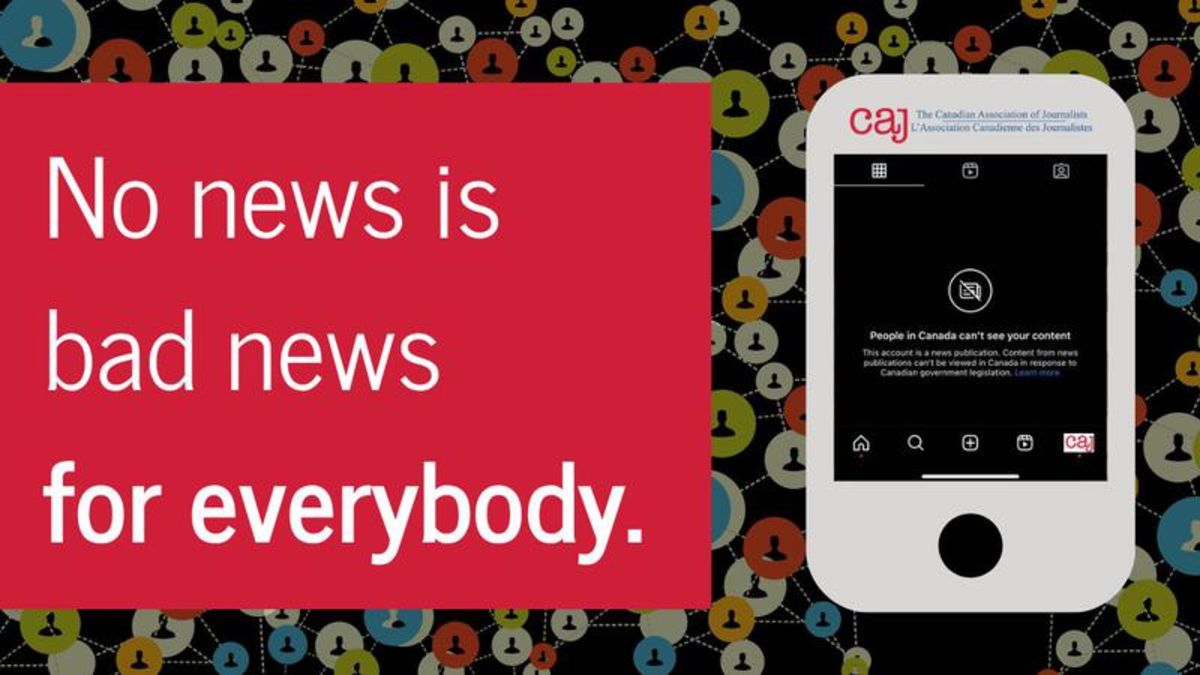In a seismic shift for Canadian media, the federal government’s impending control over newsroom ethics has sparked a firestorm, firing up a fight between press liberty and state treatment. The recommended pre-election “standard procedure” intimidates to improve journalism, mixing contentious discussions throughout the country.
Canada’s Newsroom Ethics Under Scrutiny: Government’s Duty in Media Oversight
The Canadian Radio-Television and Telecom Compensation (CRTC) is preparing to introduce laws that may redefine the moral landscape of newsrooms across the nation. The recommended pre-election “standard procedure” has stimulated extreme discussion, activating problems regarding press liberty and federal government interference.
CRTC’s Oversight Mandate
The current death of the government internet censorship laws has led the way for the CRTC to explore undiscovered regions. The governing body, accoring to the notice from Head of state Justin Trudeau’s closet, is pondering an extensive code of conduct applicable to newsrooms, covering both print and online journalism. This includes outlining the structuring and conduct of qualified news businesses under the Act.
Conflicts and Opposition
While Canadian Heritage Priest Pascale St-Onge ensures no political impact, dissenting voices, significantly Senator Pamela Wallin, a previous broadcast journalist, obstacle this claim. The implementation of Trudeau’s Online Information Act, Bill C-18, in the middle of cautions of reducing free speech, further magnifies the discussion.
Effects of Bill C-18
Bill C-18 mandates social networks titans to make up Canadian tradition media for shared news web content, leading to Google allocating $100 million each year from its ad incomes to Canadian newsrooms. This monetary injection, coupled with subsidies laid out in the Autumn Economic Declaration, is expected to cover half of heritage media journalists’ wages.
Revealing the Code of Ethics
Though the Online News Act passed recently, the actual application stays an operate in development. An unknown condition, 27.1. b.iv, needs newsrooms looking for Google moneying to show full conformity with an undefined “code of values.” This specification, doing not have a national criterion for newsroom values in Canada, poses obstacles in enforcement and interpretation.
Defining Trustworthiness and Policy Difficulties
Scott Shortliffe, the CRTC exec director, recognizes the need for exact interpretations within this structure. The obstacle lies in neutrality and inclusivity without endangering integrity. Nonetheless, identifying what makes up a “qualified news organization” stays uncertain, raising worries concerning subjective analyses.
Senate Discontent and Public Assumption
Legislators share apprehension regarding state interference in newsroom principles. Senator Paula Simons emphasizes the resistance among print journalists in the direction of governmental guideline of journalistic ethics. Nonetheless, proponents like National Council policeman Rizwan Mohammad argue for stricter oversight, mentioning ineffectiveness in self-regulation and circumstances of prejudiced insurance coverage.
Federal government’s Expanding Control
The Trudeau federal government’s successive costs, like Bill C-18 and the Online Streaming Act (Bill C-11), signify a more comprehensive trend of web policy. Criticism installs against possible restraints on free speech, mirroring an expanding mistrust in the federal government and established media electrical outlets.
Public Depend On and Media Assumption
A current study by Canada’s Public Health Agency discloses a stark lack of count on both the federal government and traditional media entities. Large media outlets and reporters connected with them amass significantly low count on scores, underlining a more comprehensive situation in public self-confidence.
As Canada browses these uncharted waters of media policy, the dispute over the equilibrium in between oversight and press liberty heightens. The evolving landscape warrants a delicate equilibrium between ethics enforcement and maintaining the core tenets of free andd honest journalism.











Ah, the great Canadian media revolution, where the federal government’s affectionate embrace of newsrooms is making even the most dedicated hugger jealous. Like a well-intentioned python, they’re wrapping their cozy grip around these institutions, ensuring they feel the warm, fuzzy support of bureaucracy.
It’s a delightful dance of control and freedom, a waltz where the government leads and the newsrooms follow obediently. Who needs editorial independence when you have the gentle guidance of political overlords?
In this revolution, truth becomes a chameleon, adapting to the shades of the ruling party’s palette. It’s a marvel to witness journalism metamorphosing into the art of echoing governmental musings. Why question authority when you can simply nod in agreement?
Gone are the days of journalistic integrity; hello, scripted narratives and government-approved headlines! It’s a cozy utopia where dissenting voices are gently ushered to the exit, leaving behind an echo chamber of harmonious consensus.
Yes, Canada’s media revolution is a splendid spectacle indeed, a masterclass in the art of controlled information dissemination. The federal government’s grip is tightening, ensuring that newsrooms snugly fit into the palm of political influence. All hail the revolution!